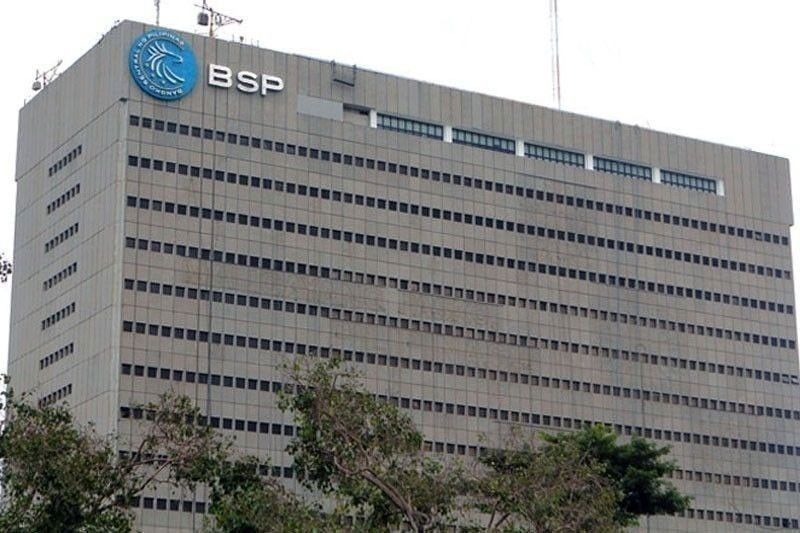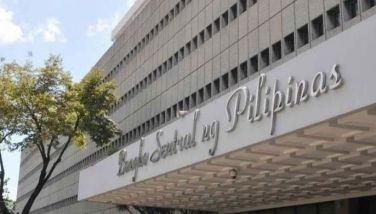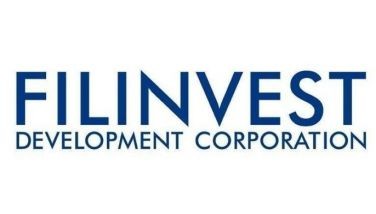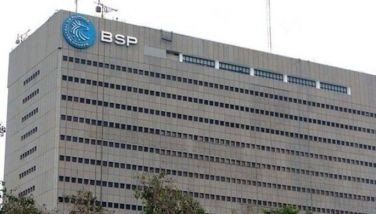BSP may resume easing cycle in April

MANILA, Philippines — The Bangko Sentral ng Pilipinas (BSP) could resume its easing cycle at its next policy review in April as inflation settles within target and risks to price stability remain moderate, its governor said.
Speaking with Bloomberg TV on the sidelines of the HSBC Global Investment Summit in Hong Kong, BSP Governor Eli Remolona Jr. signaled that the central bank is firmly in an easing cycle and sees a strong likelihood of a 25-basis-point rate reduction next month.
“We are on an easing cycle. And yes, there is a good chance that we will cut by 25 basis points in April,” he said, citing improving inflation dynamics as a key factor.
The BSP kept its benchmark interest rate at 5.75 percent during its first policy meeting of the year in February, marking a pause after three consecutive 25-basis-point rate cuts in 2024. The Monetary Board is set to review its policy stance again on April 5.
Inflation stood at 2.1 percent in February, well within the BSP’s two to four percent target range.
However, Remolona said that inflation could settle around 3.5 percent over the next two years, prompting policymakers to remain cautious.
While rice prices – a major driver of inflation in 2023 – have stabilized, Remolona flagged electricity and transportation costs as potential risks to inflation.
“Thankfully, rice is no longer a risk, but electricity rates and transportation rates threaten inflation,” the BSP chief said.
Another key consideration for monetary policy is liquidity in the financial system. The BSP has been managing the impact of its past interventions, particularly the liquidity it injected during the pandemic.
While the central bank aims to reduce the reserve requirement ratio (RRR) to as low as zero, Remolona reiterated that such a move must be carefully balanced to avoid fueling inflation.
“If you mismanage liquidity implications, there will be some upside risk to inflation. That’s why we’re looking more carefully at that,” he said.
Last month, the BSP slashed the RRR for big banks by 200 basis points to five percent from seven percent. The RRR for digital banks was likewise slashed by 150 basis points to 2.5 percent from four percent.
Meanwhile, the level of deposits mid-sized or thrift banks are required to keep with the BSP was lowered by 100 basis points to zero percent from one percent. The new ratios will take effect on March 28.
Remolona earlier said that at five percent, the RRR for big banks is still “too high” in his view. But he noted that any further reductions would be a collective decision of the seven-member Monetary Board.
- Latest
- Trending





























